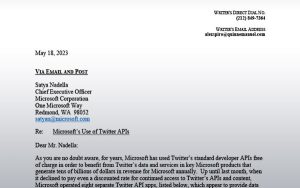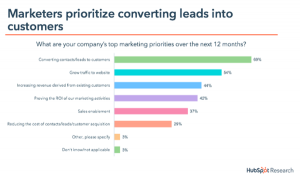In the U.S., programmatic ad spending topped $ 10 billion in 2014 and is set to double by 2016. While the first wave of adoption was all about big national brands, the benefits for local small and medium businesses (SMB) are perhaps even more compelling. What local business wouldn’t like to build their brand and reach exactly those customers who are most likely to buy?
No wonder that locally generated digital display ad spending will be greater than national by 2016, according to Borrell Associates.
But optimizing digital advertising, and improving campaign performance are way beyond the capabilities of most SMBs. As Venture capitalist Anthony P. Lee recently noted about software, SMBs desperately need “do it for me” (DIFM) or “do it with me” (DIWM) solutions.
That’s a great business opportunity for companies that already serve SMBs — including retail, print media, cable operators, and online service providers — to grow revenue by tapping into the DIFM and DIWM mindsets.
Defining the “DIFM/DIWM business”
While DIFM businesses are a diverse set, they often fit a profile. They are typically larger and more established (4 to 10 years old), with a better understanding of where their strengths are, where to focus their limited time and when to bring in the experts, according to the BIA/Kelsey Local Commerce Monitor. In general, they lean more toward selling services than merchandise, and tend to be found in urban areas or in the suburbs of an urban city.
The advertising opportunity
SMBs can compete for ad space with national brands online, but these businesses lack the time and ability to learn and master the tools that get them there. DIY tools seem easy, but the end user often finds it takes a lot of time and effort to produce a website or a digital ad that can capture a potential customer’s attention.
Established SMBs know their competition and they understand that the time and effort required to look their best online is just too much for them to do alone. That’s triggered the rise of DIFM and DIWM mindsets.
This is comparable to search marketing, a discipline that is theoretically self serve, but one of the areas where SMBs still feel they need the most help, according to the Local Search Association’s Local Pulse Survey. There’s a further precedent as well, with 52.5 percent of DIFM SMBs having paid for assistance updating their online properties, according to BIA/Kelsey.
On top of that, the DIFM crowd is ready to invest in marketing – they spend an average of $ 32,935 annually on advertising and promotion, with 37.8 percent expected to go to online media this year. Comparatively, DIY SMBs spend an average of $ 13,654.
Taking advantage
There’s a clear opportunity here, and the trick is serving as the best possible guide for a business looking for a DIFM solution. Businesses that are already working with SMBs – newspapers, cable operators, retailers, even DIY solution providers – can benefit by offering DIFM services to their existing customers to grow the relationship, while also expanding their customer base to those that would never DIY. In fact, DIY providers should leverage their existing relationships by offering DIFM services to customers who previously began the DIY process but never completed it.
The challenge for these companies is building the expertise and dedicated staff to deliver what SMBs crave at a price they can afford. Some will build these capabilities in-house, but others may find that a partner can bring sophisticated capabilities to the table.
No matter what, these companies will benefit from a strategy that considers the right products to offer, based on their market strengths current product offerings. Cable companies can more easily segue into selling programmatic pre-roll video than websites, but once they have sold online advertising, there is a clear path to offering a landing page for ad click-throughs.
Sales teams should understand the SMB, its current strategies and marketing presence (online and off) and what their local (and national) competitors are doing. Start with the solution that addresses their immediate pain and needs, and then add on to that to grow the relationship. Focus on the value these new solutions provide, and how they help the brand reach targeted potential customers online, where these customers spend the majority of their media time. By leveraging their local market presence, relationships and unique core offerings, sales teams can create sticky, ongoing revenue streams that augment typical one-off or episodic sales relationships.
There’s a lot of talk about DIY when it comes to building a business, but the truth is that many businesses move out of that stage and start bringing in experts to help them continue their growth. Advertising, especially in digital media, is one of the areas where these businesses are looking for someone to do it for them. For the companies that already help SMBs, now is the time to take their hands and guide them into the world of digital media.
Business & Finance Articles on Business 2 Community(131)






